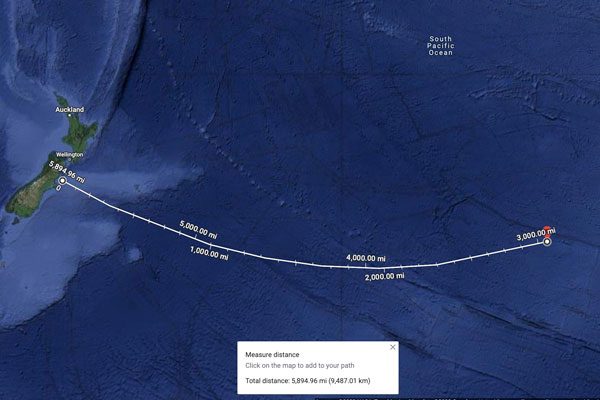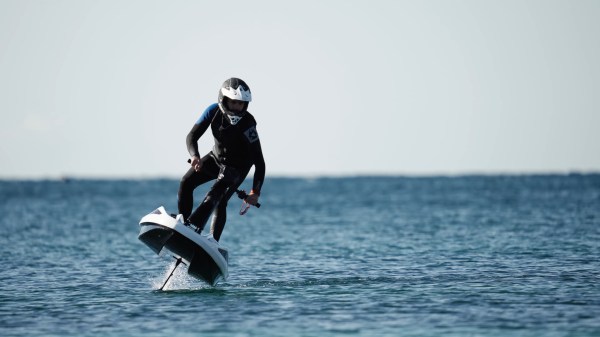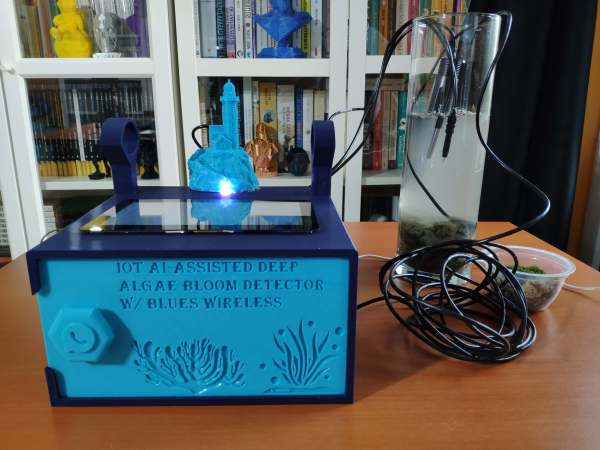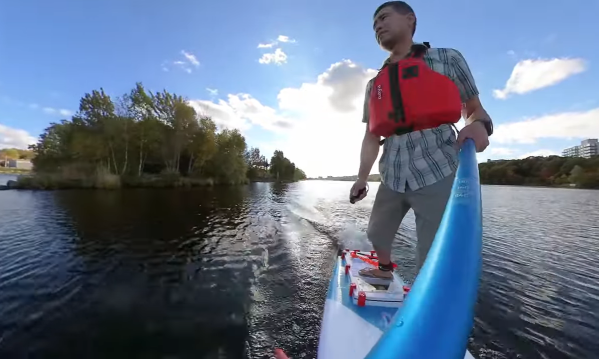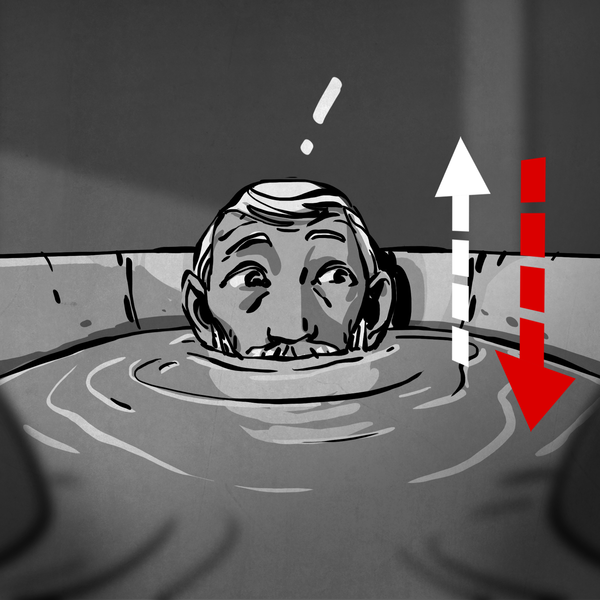The BBC has an interesting article on Point Nemo, AKA the Oceanic Pole of Inaccessibility, AKA the spacecraft graveyard. This is the place in the ocean that is furthest from land, in the middle of the usually stormy South Pacific. It’s as far out there as you can get without leaving the planet: about 2,688 kilometers (1670 miles) from the nearest dry land. Even the ocean floor is 4 km (2.5 miles) down; the closest human life is the International Space Station (ISS) astronauts flying 415 km (260 miles) above it. It is not near any shipping lanes or transport routes. It is, to put it bluntly, the middle of goddam nowhere. So, it is a perfect place to dump derelict spacecraft.
Since 1971, over 160 spacecraft have met their end in these chilly waters, from the fiery public end of the Mir space station to the secret death of numerous secret spy satellites. The article in question focuses on the Soviet satellites, but plenty of other countries dump their end-of-life satellites there, including trash from the ISS. The Chinese Taingong-1 space station crashed nearby, although that was more by accident than design. The ISS is scheduled to join its trash in a few years: the current plan is that the massive space station will be de-orbited and crashed near Point Nemo in 2030.
Will there be anyone to see it? When the Mir space station was de-orbited, some entrepreneurial companies offered flights to the area to catch a glimpse, but the best view was from the island of Fiji. So, start planning your trip now…
Continue reading “Dumping Spacecraft In The Middle Of Nowhere”

